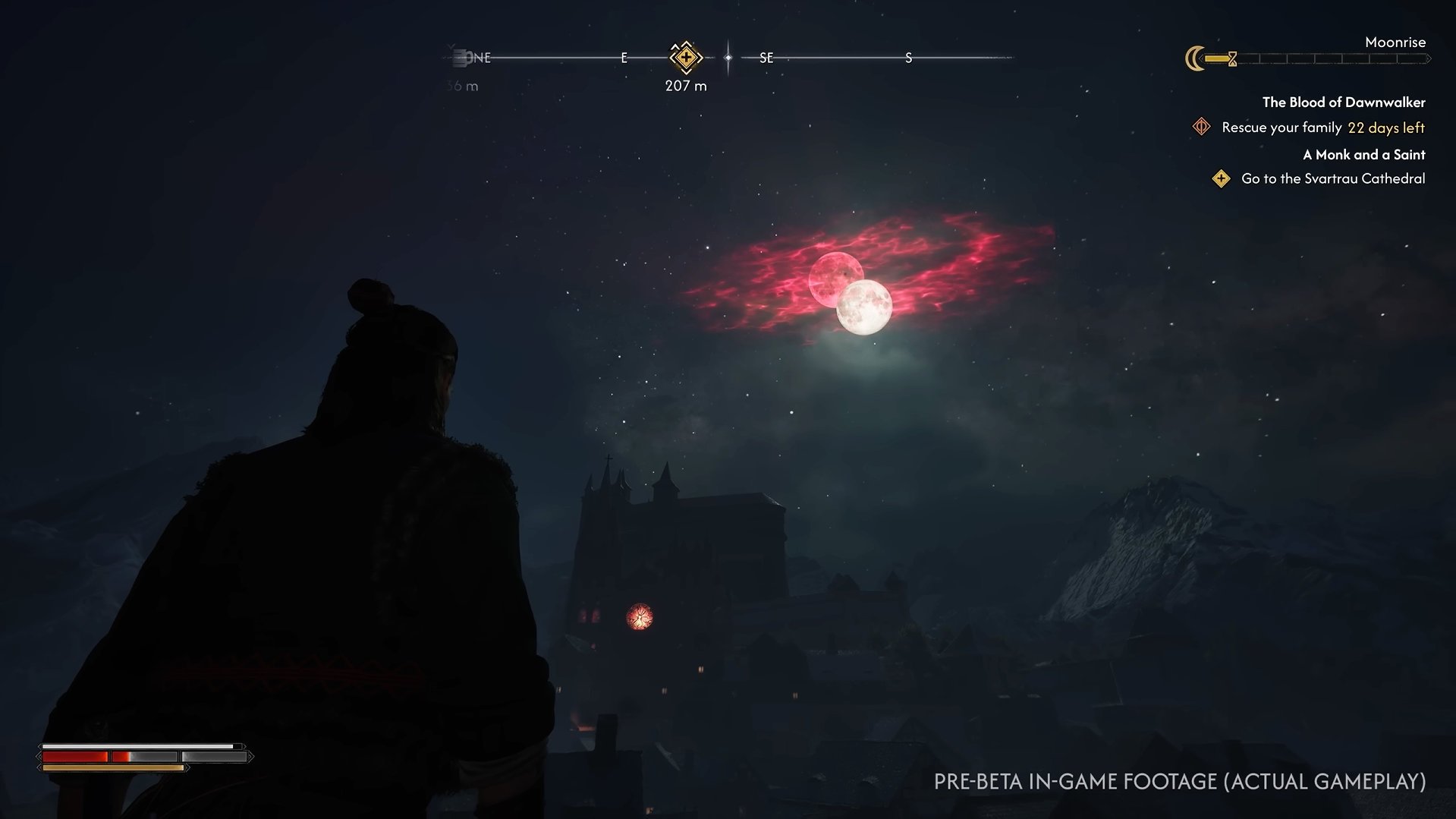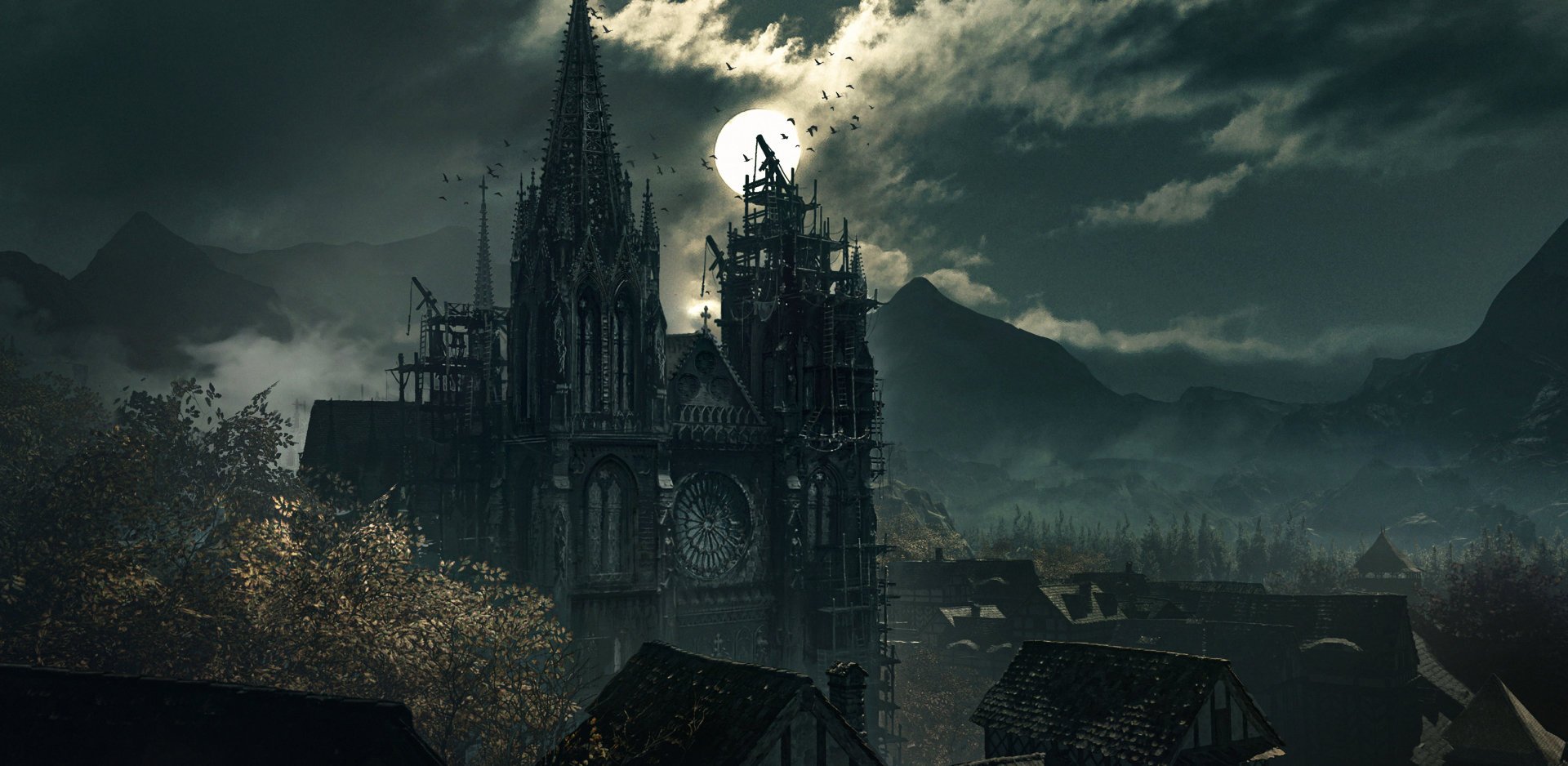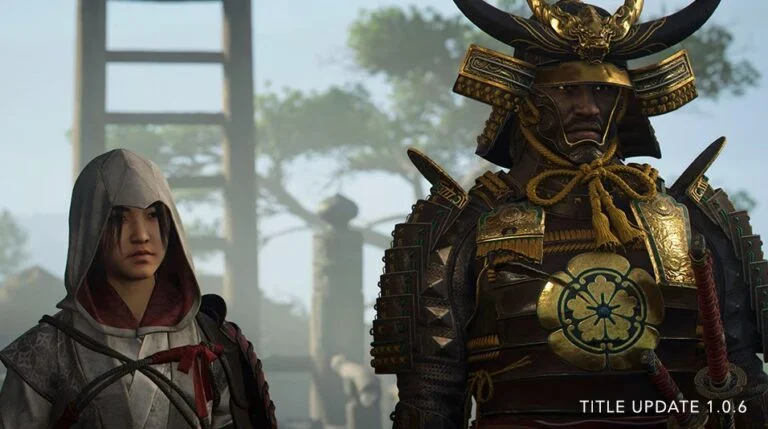The Blood of Dawnwalker seems to be much more than just another dark fantasy RPG. One of the core systems that significantly impacts the entire experience is the day/night cycle, which is not just cosmetic or to help ‘immersion’. Time of day changes your powers, your role in the world, and how every quest plays out.
Here is what we know so far, and how it works:
Coen by Day… and by Night
You play as Coen, a human by day and a vampire by night. That duality affects everything:
- By day: Coen uses sword combat, stealth, and ritual magic. Spells are powered by runes carved into his body – stuff like Burning Blood or Compel Soul, which can only be used while the sun is up.
- By night: You gain vampiric traversal like Shadowstep, wall-running with Planeshift, and brutal claw-based combat. But you also need to manage hunger, or risk losing control and hurting NPCs.
It literally feels like you are playing two different characters depending on the time of day.

Quests React to Time
Almost every quest in the game changes depending on when you approach it:
- Some characters only show up during the day, or only at night.
- Dialogue, enemy placement, and even quest objectives change between forms.
- One mission, shown in the new gameplay reveal, plays completely differently at night vs during the day.
On top of that, your choices and your notoriety (especially if you defy the vampire lord) affect how people treat you. There are tons of branching paths, and time of day is a huge factor.
Traversal Gets a Boost at Night
The world is open right from the start – no gated zones or loading walls.
- Human Coen travels like a traditional RPG protagonist: map, walking, and fast travel.
- Vampire Coen unlocks Shadowstep, Planeshift (wall and ceiling traversal), and Clawride (high-speed vertical drops). These movement options can even replace fast travel if you want.
You can freely explore at your own pace – time does not move forward unless you complete story quests. That means no pressure to rush.

The Clock Is in Your Hands
The game uses hourglass icons in quests to show when time will move forward. You get 30 days and 30 nights in total to complete the main story, but exploration and side content are fully untimed. You choose when to rest, when to act, and when to shift the balance of power.
If you have not seen it yet, the new gameplay video gives us a good first look at how the day/night system actually works. You can watch it below.
If you thought the day/night cycle was just for atmosphere, think again. It changes your playstyle, your path, and even your identity. And honestly? It looks like one of the most exciting parts of The Blood of Dawnwalker so far.
For more updates and upcoming RPG coverage, check out our main gaming news hub.



